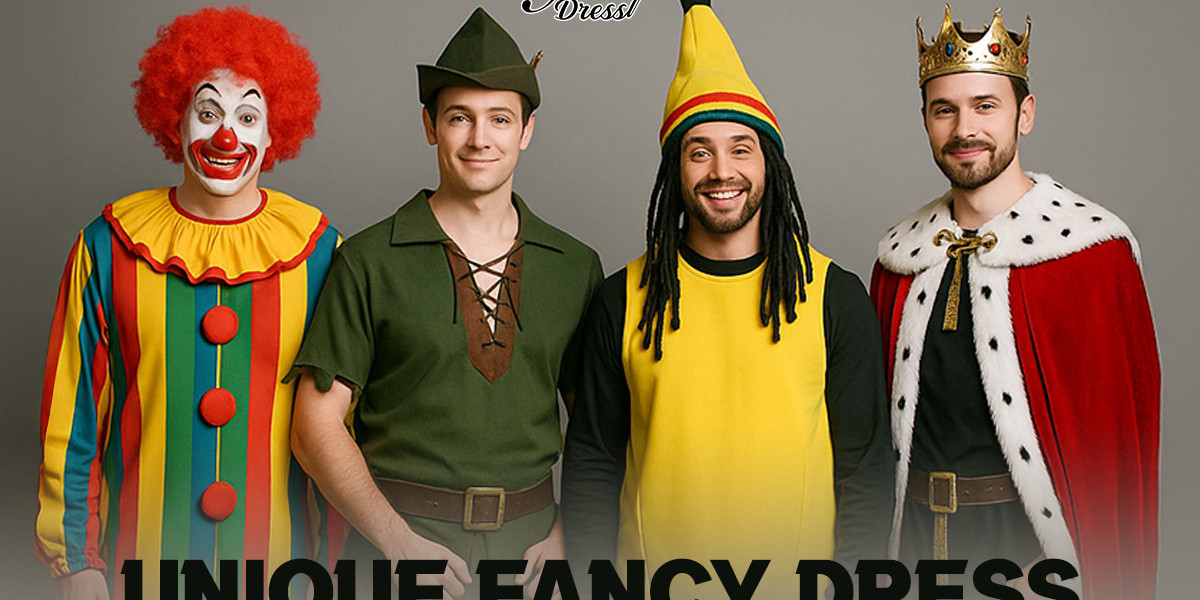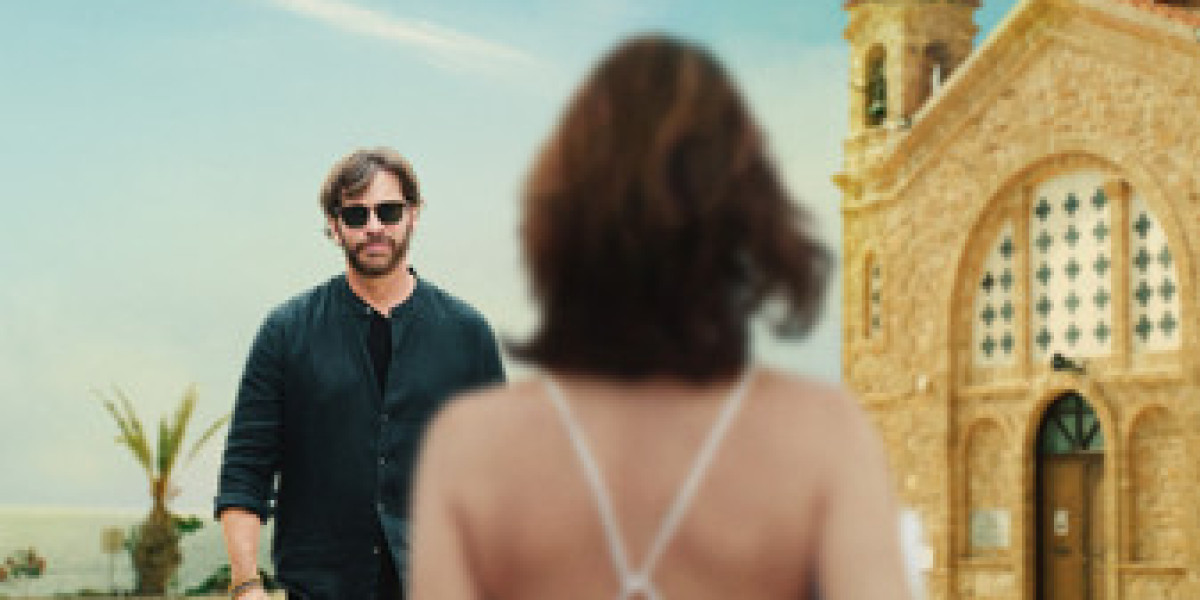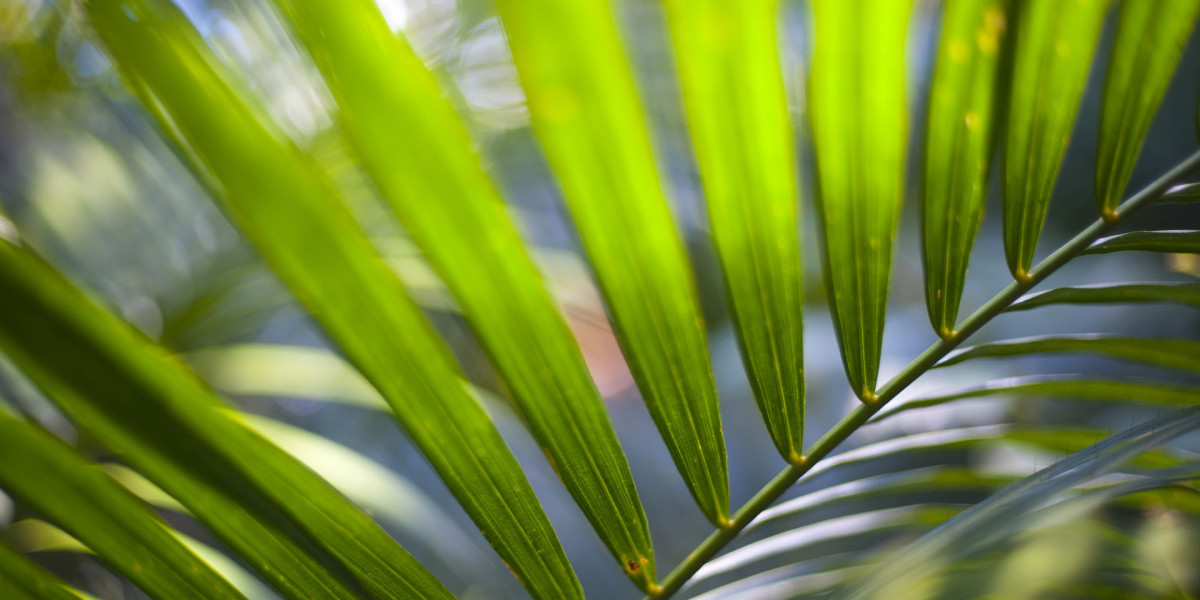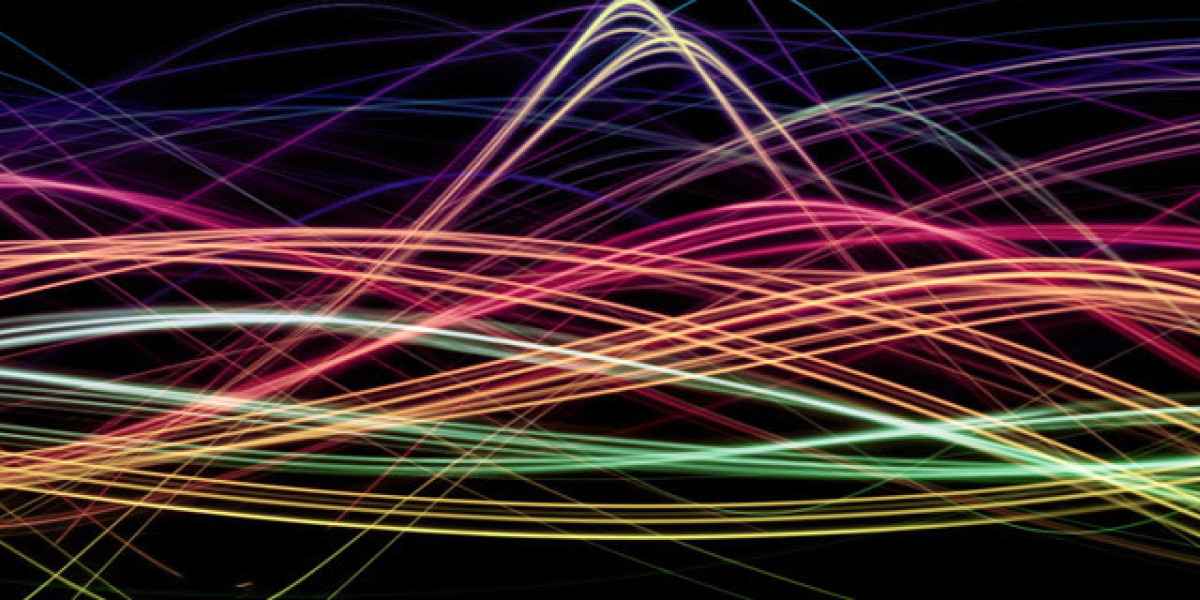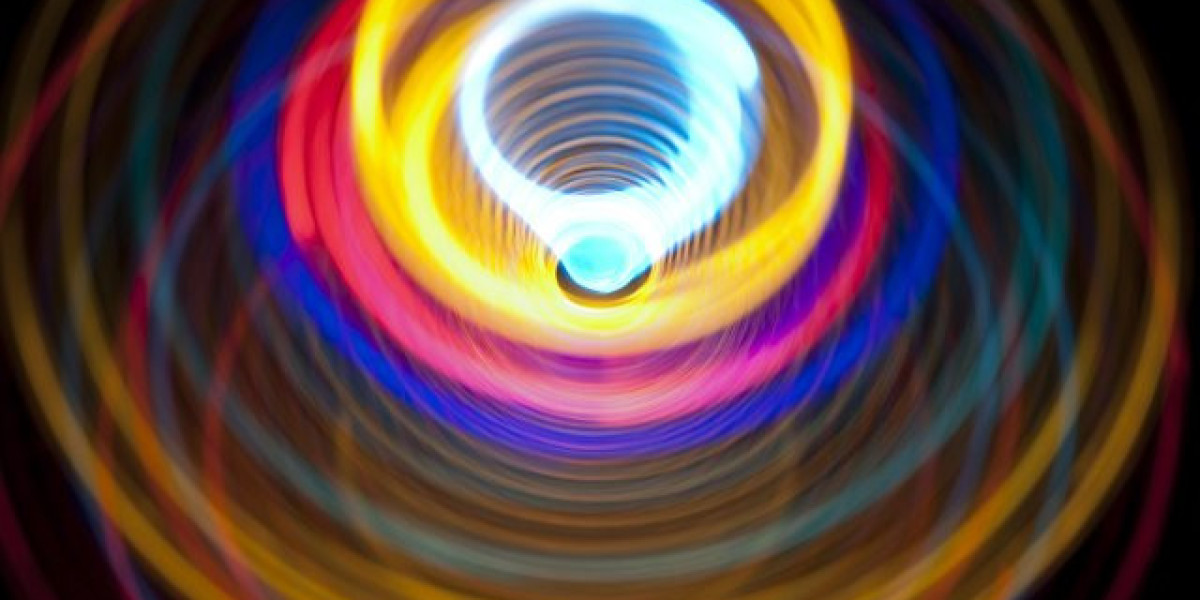From the joyous chuckle of a child at the circus to the unsettling tension in a modern horror film, the figure of the clown holds a unique and powerful place in our collective imagination. Much of this impact, whether it inspires laughter or a shiver down the spine, is communicated not through words, but through wardrobe. The clown costume is a language all its own, a vibrant tapestry woven from history, character, and cultural shifts. This isn't just about putting on a colourful outfit; it's about stepping into a persona that is centuries in the making.
Whether you're seeking inspiration for a festive party, a theatrical production, or simply have a fascination with this iconic figure, understanding the nuances of clown attire can transform your approach. Let's pull back the big top's curtain and explore the fascinating world of clown costumes.
The Foundations of Funny: A Tale of Two Traditions
To truly appreciate the diversity of clown outfits available today, we must first look to the past. The modern clown is largely descended from two distinct archetypes, each with its own visual identity and performance style.
The Whiteface Clown: Elegance and Authority
The Whiteface is the classic, often sophisticated clown. As the name suggests, their look is built upon a base of pure white makeup, which serves as a blank canvas for bold, colourful features like sharply defined eyebrows, red triangles on the cheeks, and an exaggerated mouth. This character is typically the straight man, the ringleader, or the elegant trickster.
The costume for a Whiteface clown reflects this role. Think refined, regal, and often ornate. You might see:
Well-tailored jumpsuits or suits in rich, solid colours like gold, red, or royal blue.
Intricate detailing such as sequins, ruffled collars (called "ruffs"), and elegant piping.
A sense of order and precision, mirroring the character's controlled and often authoritative nature.
When you choose a costume in this style, you're channelling a tradition of circus grandeur and theatrical command.
The Auguste Clown: Chaos and Comedy
In direct contrast stands the Auguste clown—the bumbling, chaotic fool. The Auguste's makeup is more natural, using a flesh-toned base as a starting point. Their features are larger, less symmetrical, and deliberately messy, with a focus on a huge red nose and a vast, painted-on smile or frown.
The attire of the Auguste is where the comedy truly comes to life through clothing. This character is defined by deliberate imperfection and hilarious incongruity. Key elements include:
Deliberately ill-fitting garments—enormous shoes, baggy trousers, and jackets that are either too large or too small.
Clashing patterns and loud colours, such as oversized polka dots, garish stripes, and checks that were never meant to be paired.
Accessories of absurdity, from a wilting flower on the lapel to a hat that perpetually seems to be on the verge of falling off.
An Auguste ensemble is a celebration of controlled chaos, designed to evoke laughter through visual slapstick before a single pie is ever thrown.
From the Big Top to the Big Screen: The Evolution of a Symbol
The clown costume didn't remain static within the circus tent. As society changed, so did the perception and portrayal of this character, and its wardrobe evolved to match. The 20th century saw the friendly, neighbourhood clown become a staple of children's television, with costumes becoming softer, friendlier, and more approachable. Think of simpler jumpsuits, softer colours, and less intimidating makeup.
However, a significant cultural shift occurred in the latter half of the century. The once-purely-joyful symbol began to take on a darker, more menacing edge in popular culture. This transformation was powerfully cemented by characters in literature and film who used the familiar, colourful disguise for terrifying purposes.
This "dark clown" archetype required a new visual language. Designers began to subvert the traditional elements:
Darker Colour Palettes: Where bright reds and yellows once dominated, now muddy browns, deep purples, and blood-red accents took their place.
Distressed and Aged Fabrics: Costumes were made to look worn, torn, and stained, suggesting a history far removed from the clean, cheerful circus ring.
Unsettling Makeup: Smudged, cracked, or weeping makeup replaced the precise lines of the Whiteface and Auguste, creating an aura of instability and decay.
This evolution means that today, when you browse for a clown outfit, you're not just choosing a style—you're choosing a narrative. Are you the bringer of festive fun, or a character from a chilling urban legend? The costume is your primary tool for telling that story.
Crafting Your Own Persona: A Guide to Choosing Your Clown Attire
So, with this rich history in mind, how do you select the perfect fancy dress? The key is to start with the character you wish to embody.
1. Define Your Character's Vibe
Are you a classic, funny entertainer? A graceful, white-faced performer? Or perhaps a sinister, enigmatic figure? Your intention will immediately narrow down your choices, guiding you towards the bright and cheerful, the elegant and traditional, or the dark and Gothic.
2. Deconstruct the Components
A great fancy dress outfit is more than a single piece; it's a collection of elements that work in harmony.
The Core Garment: This is your jumpsuit, suit, or dress. Pay attention to fit and style—is it tailored or baggy? Is the fabric shiny satin or rough, distressed cotton?
The Footwear: The choice of shoes can make or break the look. Will it be the classic oversized cartoon shoes, mismatched trainers, or something more sinister like worn-out boots?
The Accessories: This is where personality truly shines. Consider wigs in vibrant colours or wild styles, iconic red noses, dramatic gloves, and hats ranging from tiny beanies to towering top hats.
The Makeup: Even if your costume is a full mask, understanding the makeup that would accompany it completes the character. Is it precise and bold, or smeared and terrifying?
3. Consider the Occasion
The context of your event is crucial. A child's birthday party calls for a bright, friendly, and approachable Auguste-style getup. A Halloween gathering might be the perfect venue for a more macabre or horror-inspired ensemble. For a theatrical performance, authenticity to a specific clowning tradition is key.
The Universal Language of Laughter and Fear
The enduring power of the clown costume lies in its versatility. It is a blank canvas upon which we can project our deepest feelings about comedy and fear, order and chaos, innocence and menace. It is a garment that transcends age and culture, instantly recognisable yet endlessly open to interpretation.
From the timeless elegance of the circus ringmaster to the anarchic fun of the birthday party entertainer and the chilling presence that haunts our modern myths, the clown's wardrobe is a fascinating subject. By understanding its history and components, you can move beyond a simple disguise and create a truly memorable character that speaks without saying a word.



